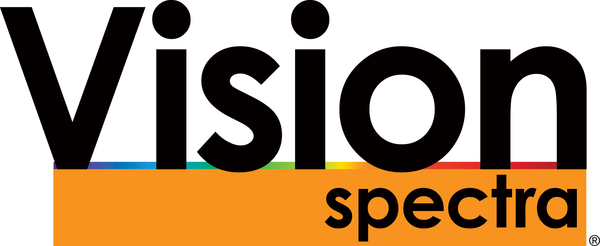Vision System Brings Glass Measurements into Focus
HANK HOGAN, contributing editorFor an example of a high-stakes measurement, talk to Dan Bukaty Jr. He’s president of Precision Glass & Optics (PG&O) of Santa Ana, Calif., an optical fabrication shop that makes prisms, laser filters, beamsplitters, mirrors, and other plano-optic products. The products are built to exacting specifications from customers — including NASA, Boeing, and IMAX — with tight tolerances in x, y, and z, along with precise angular requirements. Allowable surface pits and scratches are also tightly controlled.
In the past, PG&O would sometimes have to go to an outside shop for such measurements. Now, a vision system equipped with a touch probe has made it possible to perform quality-control and specification checks in-house.
“You slap yourself in the forehead and you go, ‘Why didn’t I do this years ago?’ It has completely changed our inspection process,” Bukaty said.
One past PG&O project called for making a sophisticated prism, with a particular angle tolerance of 15 arcsec (4.2 thousandths of a degree). For this job, an outside lab needed to perform the measurement, which meant making a trip to the facility along with a completed initial prototype that, as far as PG&O could tell, satisfied specifications for dimension, angle, and surface quality. The trip required Bukaty to confront a nerve-wracking reality.
“We had an optic that we’ve put weeks of work into, and you’re putting it in the hands of a person that doesn’t know how to handle it,” he said.
He ended up being the one to place the optic on the precision granite surface table so that the measurement could be taken. “I didn’t want anyone sliding it,” Bukaty said. “There’s always a chance of them damaging the part.”
PG&O makes optical products that work with wavelengths from ultraviolet to longwave infrared. This necessitates that the company deal with many materials, and that the staff use a number of tools to perform measurements of the completed parts — including an interferometer, a spectrophotometer, and an optical comparator. Some of these optics are thick, while others, such as the parts going into photovoltaics, may be constructed on glass that is six-thousandths of an inch thick — about the same thickness as two stacked sheets of paper.
The company’s initial attempt at measuring the angle of the prism involved bouncing a laser off the surface and measuring the resulting deflection at a distance. PG&O was not comfortable with the lack of accuracy involved with this optical arm approach, however, and using an outside facility was expensive and time-consuming.
Following a recommendation from their outside measurement service, PG&O acquired an AV300 vision system from the L.S. Starrett Co. of Athol, Mass. The system has a vision capability that is good at measuring the x and y coordinates of the outside dimensions of glass or other clear objects, said Jerry Hiller, Starrett metrology product specialist.
“However,” he said, “measuring z coordinates — height and depth — can create a challenge.”
For materials that are opaque or have a rough surface, a high-magnification autofocus on the object’s surface often works to get z measurements. But for glass, particularly if it has the smooth surface typical of an optical component, the autofocus method is not as effective. So the AV300 that PG&O now uses has a touch probe, which can provide z measurements through mechanical means.
The two measurement approaches — optical and mechanical — complement each other, Bukaty said. A part may have a scratch, for instance, with a specification calling for the defect to be smaller than a particular standard. Such a specification is subject to interpretation, and different inspectors may come to different conclusions. With the touch probe and vision capability, the AV300 determines the precise size of the scratch, removing ambiguity and eliminating points of contention.
Having a system in-house that can handle the company’s measurement needs has saved PG&O both money and time. Going to an outside lab for a measurement, for instance, was costly and took at least half a day’s time from senior-level employees. According to Bukaty, the AV300 is the most-used piece of measurement equipment the company has.
Because of the system’s multifunction nature, he said, “It’s such a great tool.”
LATEST NEWS
- Adaptive Optics Offers Clues to How the Eye Perceives Color May 10, 2024
- ZEISS Expands Dresden Innovation Hub: Week in Brief: 5/10/24 May 10, 2024
- Aquark Contracts to Develop "Super Molasses"-Bolstered Cold Atom Clock May 10, 2024
- NIL Technology Raises $31M to Scale Manufacturing May 9, 2024
- Advanced OPA Boosts Energy of Ultrashort Pulses for Attosecond Imaging May 9, 2024
- Toku Adds to its Board: People in the News: 5/8/24 May 8, 2024
- Photoswitchable Biosystems Make Way for Intelligent Drug Delivery May 8, 2024
- ams OSRAM Sells Passive Optical Components Assets to Focuslight May 8, 2024
